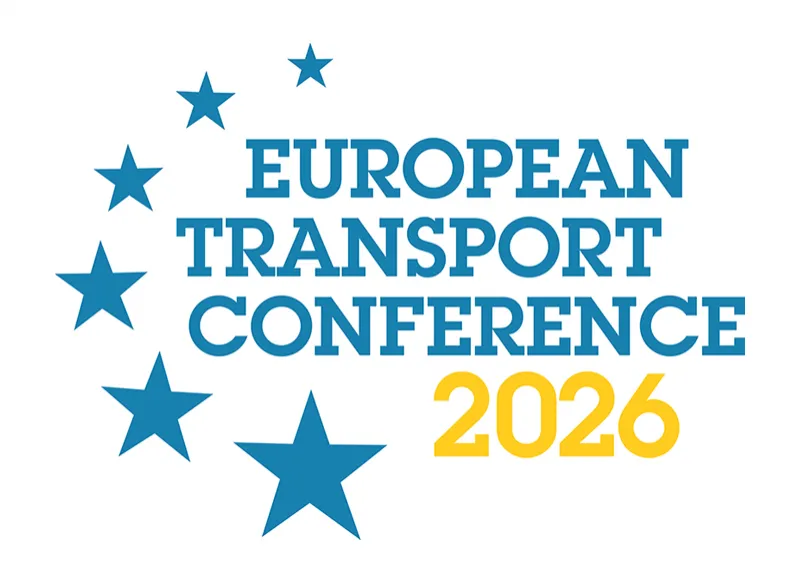-
Past ETC Papers

Browse, search and view papers from the past AET Conferences.
-
Members' Area

AET promotes networking and exchange of ideas, information and opportunities amongst members.
Conference Papers 2022
Milan, Italy
ETC Conference Papers 2022
Modal shift targets and CO2-emissions: Case Finland
Seminar
Day 3 (9 Sep 2022), Session 9, HOW TO MODAL SHIFT, 11:30 - 13:00
Status
Accepted, documents submitted
Submitted by / Abstract owner
Johanna Mäkinen
Authors
Johanna Mäkinen & Riku Viri
Short abstract
Achieving transport CO2-targets requires both technological development of car fleet and change in mobility habits. This paper analysis, if the CO2-targets can be reached with current car fleet development and regional modal split targets in Finland.
Abstract
Transport is major source of CO2-emissions and thus, reducing transport emissions is an important part of climate change mitigation. Many countries have set a target for reducing emissions. For example, Finland has committed to reduce transport emissions by 50 % by 2030. However, there is lack of studies on which measurements are needed to achieve these targets. In Finland, many regions have stated to cut the emissions e.g. by increasing the share of public transport, cycling and walking. For example, Tampere city region has a modal split target. The modal split target for 2030 is 30 % for walking (from current 27%), 15% for cycling (from 7%), 15% for public transport (from 9%) and 40% for private cars (from 55%).
The objective of this study is to evaluate the sufficiency of the regional modal split targets in Finland. In this study, we investigate how much CO2-emissions from passenger cars could decrease in Finland, if the regional modal split targets will be achieved in 2030. In addition, we examine whether the CO2-emission targets can be achieved with current car fleet development and modal split targets.
Passenger car fleet development is estimated using already created Finnish car fleet model SALAMA. In addition, SALAMA-model is used to calculate the CO2-emissions of the passenger car fleet. In the car fleet model, the shares of different driving powers are introduced as probabilities. This means that when a car renews, the current driving power will affect the driving power of the new car. The car fleet development is estimated with scenario, where probabilities of users obtaining new driving powers are formed to fulfil the share of realized shares during the first five months of 2021 in Finland. The share of BEVs of all new car sales has been 7%, whereas the share of PHEVs has been 21%. The probabilities are assumed to continue to year 2025, and then, starting 2026, it is assumed that the total PHEV acquisition probability moves towards obtaining BEVs till the year 2030. According to this scenario, there would be 775 000 electric vehicles (both full electric vehicles and plug-in hybrids) in Finland in 2030.
In this study, it is assumed that if share of sustainable transport modes increases, use of passenger cars and passenger car mileage will decrease. Current mobility habits in Finland are analysed with national travel survey data. From national travel survey data, total number of trips, passenger car mileage, modal split and the average trip length for each transport mode are calculated for every region. The total number of trips and the average trip length for each mode are assumed to remain at the 2016 level. Based on this data, it is possible to calculate the yearly decrease in car mileage, if the modal split targets are achieved. The total mileage is weighted by a population coefficient, as the population is estimated to increase in large city regions and decrease in rural areas.
According to the results, the car fleet development would result the emissions level to be 64 % compared to 2020 baseline, when the target level is 55 %. Consequently, the car fleet development is not enough to achieve the emission reduction targets and therefore, also the total passenger car mileage should decrease. The target level –55% could be achieved, if car fleet would develop as presented in our scenario and the total mileage would be 14 % lower in 2030 (36.9 billion vehicle kilometres) compared to baseline scenario (43.1 billion vehicle kilometres), where average annual mileage per car will remain at the same level as 2018. In the final presentation, it will be discussed if achieving regional modal split targets will be enough to reduce the total annual mileage by 14 %.
Background status: The car fleet model (SALAMA) and car fleet development scenario used in this study are already created. Precise regional CO2-calculation will be ready and validated at the time of the conference.
Programme committee
Planning for Sustainable Land Use and Transport
Topic
Behaviour Change – the impacts of the climate emergency and COVID-19 on long term travel patterns
Documents:

Association For
European Transport
Forester House
Doctors Lane
Henley-in-Arden
Warwickshire, UK
B95 5AW
+44 (0) 15 64 793552
VAT number: 710 1866 64
Conference Supporters & Endorsers




Legal Entity
The Association for European Transport is registered as an Association ('vereniging') with the Chamber of Commerce for Haaglanden in The Netherlands under company number 27170096.
Built on Zenario




